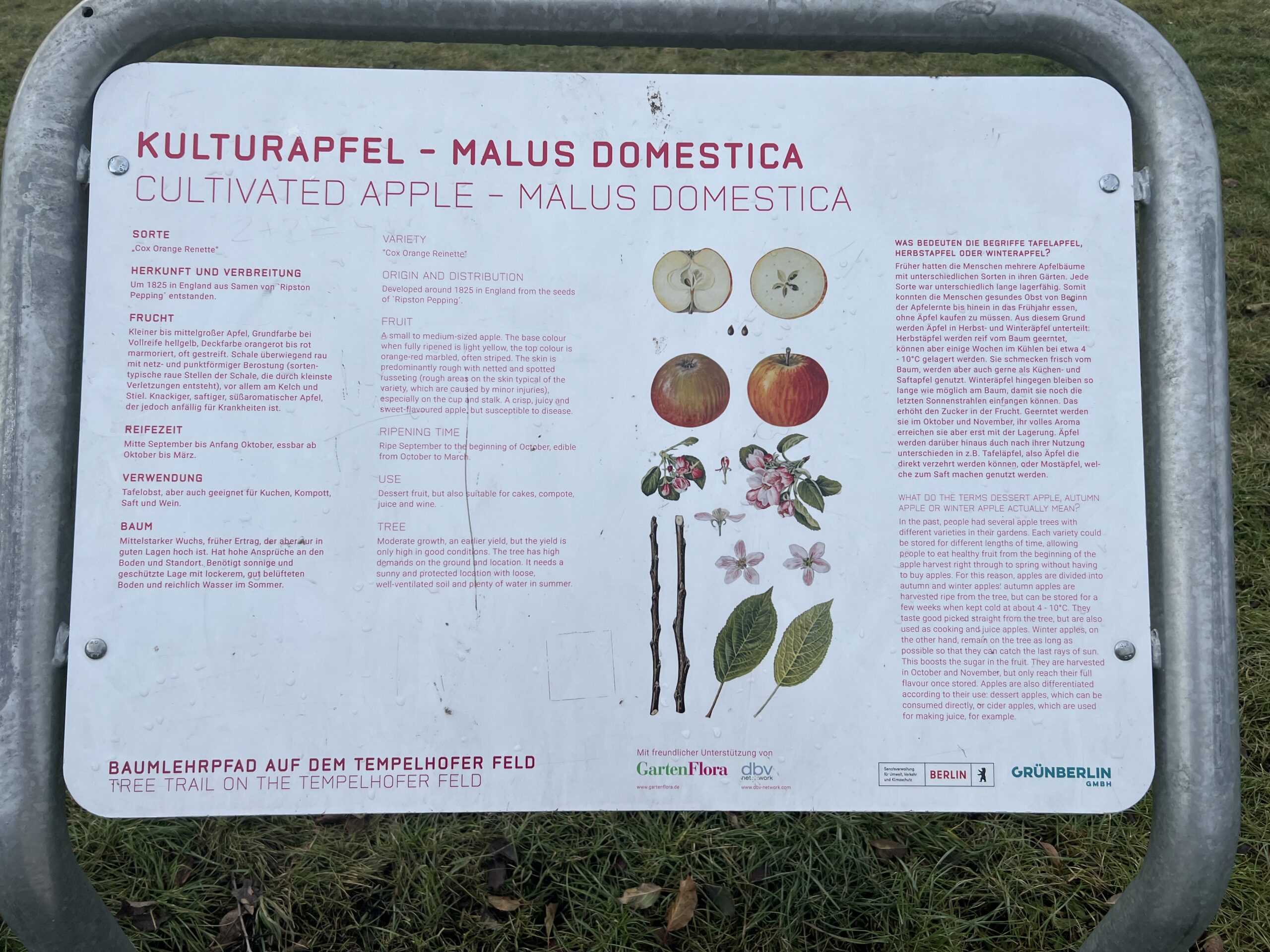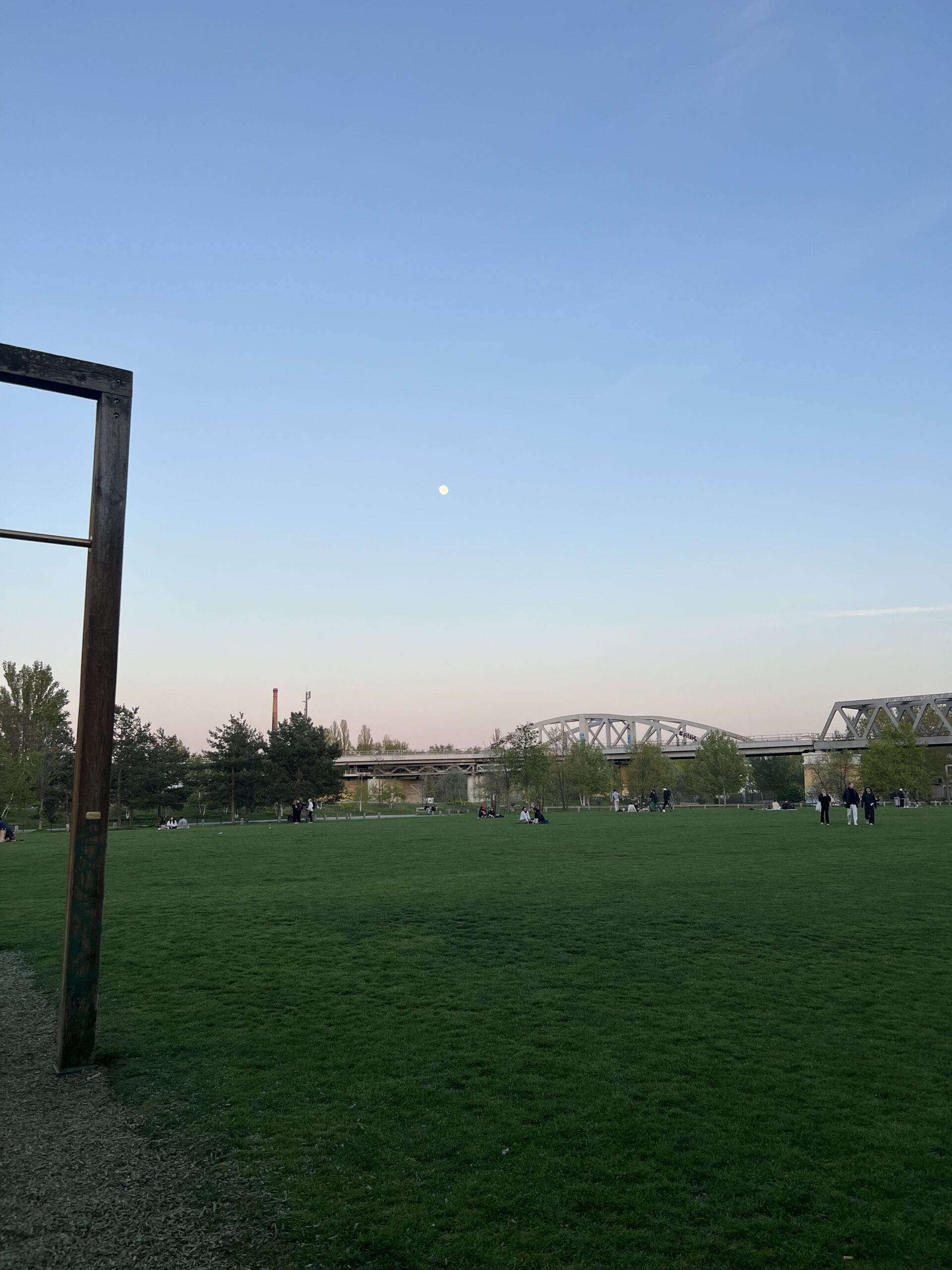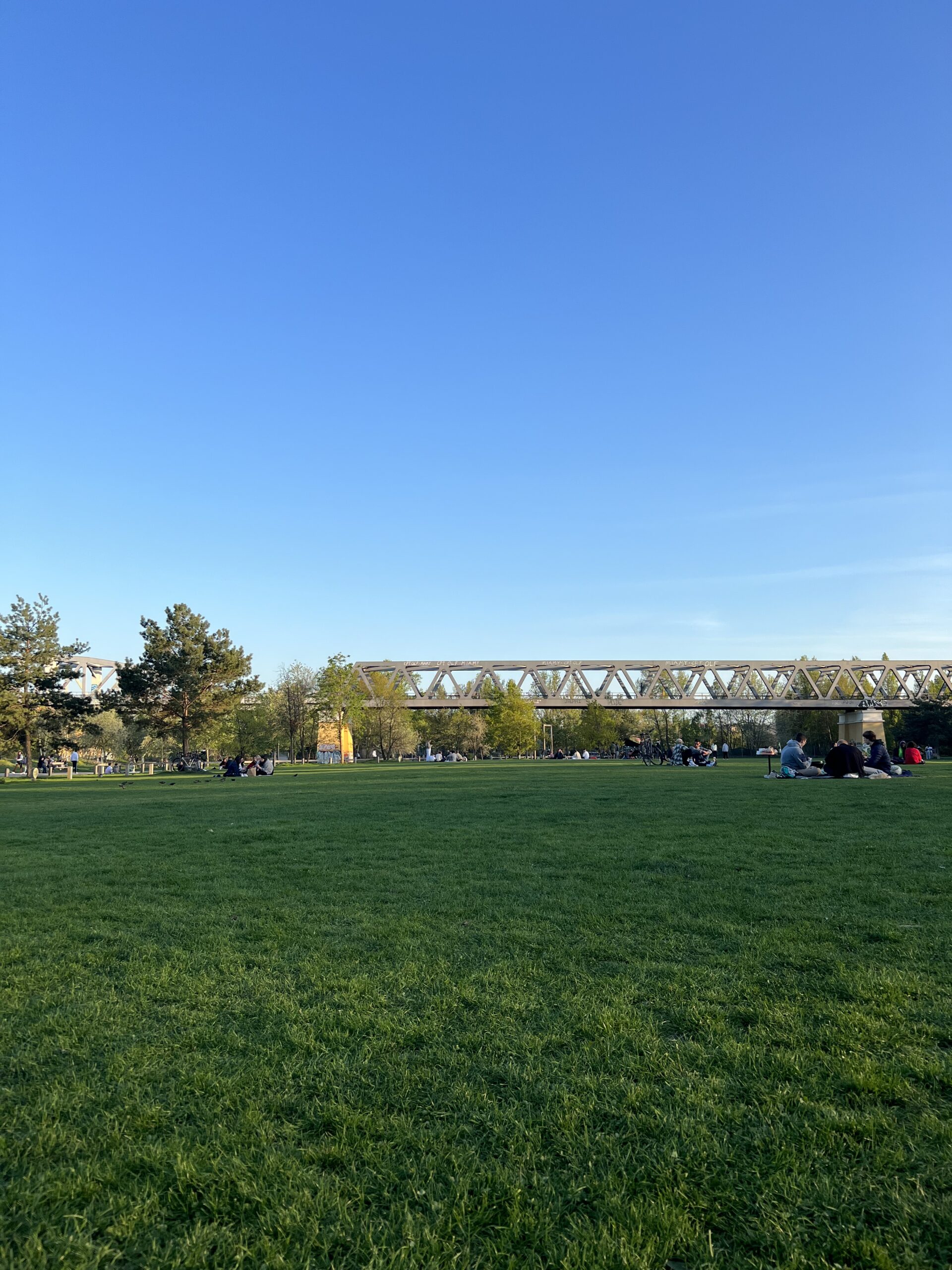Urban botany
For urban botanists, voids are particularly inspirational sites of curiosity that can tell us about social, cultural, and political histories woven into the flora and fauna that live within these spaces.
The field of urban botany began growing in Berlin in the 1950s, with urban ecologists like Herbert Sukopp, developed new categories of human-built spaces to more aptly study the ecology of urban areas. A massive-scale mapping project of all urban biotopes and spaces of “spontaneous nature” in West Berlin1. This ecological census gathered spaces on the basis of ecological similarity, whether parks, streets, allotments, or airfields. Detailed categorization has enabled a more complete study of the interaction between humans and vegetation patterns in areas with unplanned or spontaneous nature. Berlin’s urban landscape is a fascinating blend of Brachen and various open spaces, forming an unconventional park system that has been appropriated for communal life throughout the past decades. These diverse open areas have become integral to the city’s identity, despite having a somewhat negative image among politicians who deemed them unattractive and sought to eliminate them. To botanists, these were not just green expanses; they represented valuable sites for innovative and developing urban ecology.

The Grüne Mitte concept from the 1980s aimed to enhance West Berlin’s urban environment by upgrading its open spaces when there was minimal pressure for development. The vision included creating an interconnected series of nature reserves within the city, showcasing the potential for a harmonious integration of urban life and greenery. The Alternative Liste Partei in particular aimed to safeguard Schöneberger Südgelände, a site recognized by ecologists as exceptionally rich in rare and important species. In 2000, the Südgelände Natur Park (Nature Park) was created as part of a compensation landscape in return for other destroyed natural spaces during the construction boom of the 1990s. Botanist and urban ecologist Ingo Karowik describes the park’s main goals as being open to the free growth of nature and the retention of open landscapes such as meadows. Maintaining this unique urban wilderness that has grown in Brachen like Südgelände and Park am Gleisdreieck maintains the Brachen aesthetic while lending to the significant biodiversity of the city, which even outnumbers the surrounding suburban areas.


The value of biodiverse spaces and unconventional instances of nature is well appreciated among urban botanists and Berlin’s citizens alike. Diverse open spaces that might be considered unattractive by interested development parties are simultaneously appreciated as alternative spaces that allow residents to imagine a different way of life in their city, according to cultural historian Dr. Susanne Hauser.2 To Hauser, plants are a simple but persistent metaphor. Their adventive and persistent presence in void spaces challenges dominant discourse that voids are empty, and contribute to residents’ conceptions of their city, giving them places to walk, play, live, and interact with nature in unconventional forms.
- Gandy, Matthew. NATURA URBANA | THE BRACHEN OF BERLIN. 2017. https://www.naturaurbana.org/ ↩︎
- Ibid. ↩︎